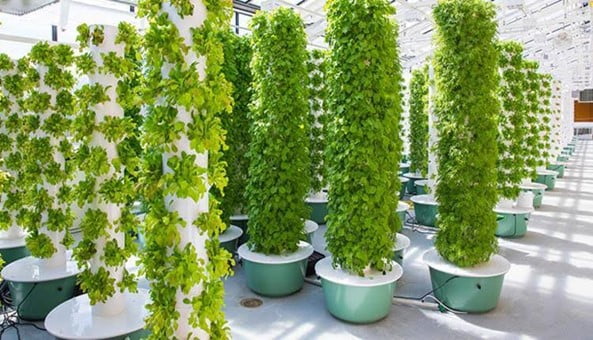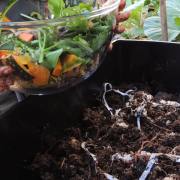It is a considerable fact that the world population is growing at an unimaginable rate. With the growing rate, grows the demands as well, of course. These demands include everything, from basic to luxury human needs. But first comes the demand for the thing essential for human life and that is one and the only thing after water- FOOD!
Without food, there is undoubtedly no human life that can survive. Taking this fact and future possibility into mind, one can only think about how we can fulfill all of these, let alone implementing them.
Since the population is growing steadily, more lands are being converted into housing societies for which the majority of farms are being sacrificed.
Only to focus on the fact that if there were no or fewer farms, how would the people’s total food demand be met? Keeping this in mind, all the environmentalists, scientists, and everyone involved in the agricultural sector is trying to find out a way or a method of farming that might give all the benefits with limited disadvantages.
And for this, Vertical gardening might be the one? But really, could it do the trick? Let us find out.
What to Know about erticla Vertical Farming?

The method of growing food on vertically inclined surfaces is known as vertical farming. Unlike we grow vegetables and other foods on a single level, that is, in a field or a greenhouse, this method grows them in vertically stacked layers, which are commonly built into other structures such as skyscrapers, shipping containers, or repurposed warehouses.
It is worth noting that this new concept uses indoor farming techniques and Controlled Environment Agriculture (CEA) technology. Indoor food and medicine production are possible thanks to artificial temperature, light, humidity, and gas regulation. Vertical farming resembles greenhouses in several respects, where metal reflectors and artificial lighting supplement natural sunlight.
Main Objective
Vertical farming’s main aim is to maximize crop yield in a small area. Understanding how vertical farming works requires an understanding of four main areas: Physical layout, lighting, growing medium, and sustainability features are all factors to consider.
Benefits and Drawbacks

It would not harm going through the benefits and limitations of vertical farming as it would only get us a better understanding of the whole method.
Advantages:
Vertical farming proposes a strategy for meeting potential food demands. It allows crops to be grown all year. It consumes a lot less water. Crops are unaffected by the weather. It is possible to cultivate more organic crops. There is less chemical and disease exposure.
Disadvantages:
Vertical farming may be costly to build, and economic feasibility studies have yet to be conducted. Pollination will be complicated and expensive. Higher labor costs will be involved. It is too reliant on technology, and a power outage will be disastrous.
Conclusion
Vertical farming is still a new technology in the field of agriculture. It is used in many areas, but similarly, people are not aware of the same in the other areas. Companies have yet to succeed in mass-producing crops cost-effectively to meet rising food demand.
However, innovations designed for vertical farms are being embraced by other segments of the indoor farming industry, such as greenhouses, which can use natural sunlight but require much more space and longer routes to market.
DIY Tower Garden
Being inspired by the Vertical Farming method, DIY tower gardens have come in fashion these days. They are highly beneficial if you have a spare place in your home for a small garden. Let us check out some DIY Tower Garden ideas.
PVC Project
You can begin by working with PVC Projects. Please choose at least two PVC pipes and dig planting holes in them with a drill. The next step is to use a smaller PVC pipe to support the larger one and stand upright on the ground. You can now fill these big PVC Pipes with soil and hold your plants in the vertical holes by filling them with soil.
Pyramid Tower
After that, you can build a Pyramid tower garden. This can be a fine idea to put that scrap lumber stored in your home to good use. These pyramid planters are ideal for strawberry gardens because they can be stretched to any length.






[…] say that you do have a considerable amount of wall space. That is where vertical farming, or the concept of a living wall, could come in handy. Plan on putting up a garden? You can, and […]
[…] say that you do have a considerable amount of wall space. That is where vertical farming, or the concept of a living wall, could come in handy. Plan on putting up a garden? You can, and […]